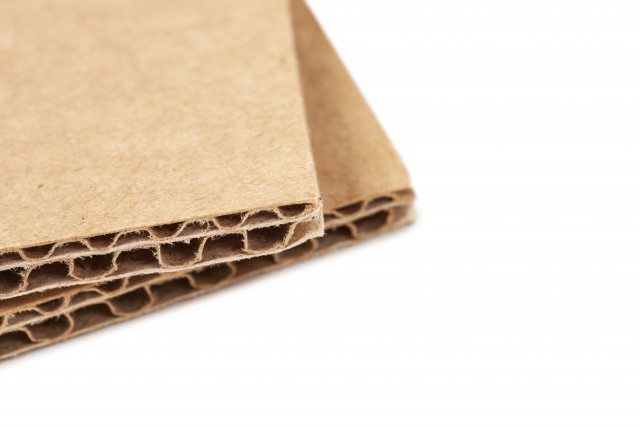Corrugated box interest groups have actively used controlled laboratory studies and paid testimony to frame the use of reusable packaging as a less safe and fresh means of transporting fruits and vegetables.
Their efforts continue to run counter to historic evidence, real-world applications and performance, and changing global conditions that favor reuse of materials as a means to improve supply chains, eliminate waste, and reduce environmental burdens.
Most recently, the European Federation of Corrugated Board Manufacturers sponsored a small laboratory study at the University of Bologna wherein corrugated boxes and reusable plastic containers (RPCs) were inoculated with microorganisms to assess the potential for transfer from packaging to produce by comparing recoverable bacteria found on un-ripened peaches packed in corrugated boxes to recoverable bacteria found on un-ripened peaches packed in RPCs.
Among many study limitations, there are two fundamental flaws that underscore the corrugated industry’s misleading information.
First, the research methodology did not factor in or represent authentic commercial conditions.
The study, conducted solely in a lab, failed to consider the impact of key supply chain variables such as handling and movement, temperature management, and product protection on the performance differences cited between the two types of packaging.
In fact, the study authors readily admit that “microbial survival, growth or death on the packaging materials, and consequently their role in cross contamination of packed fruits, are affected by environmental conditions…and by intrinsic features” such as fruit variety, ripening, and wounds, for example.
It is well established in commercial applications that RPCs outperform corrugated boxes in handling durability, temperature control, and protection against product damage such as bruising.
However, the Bologna lab study held these important variables as constant and neglected the impact of real-world commercial conditions and packaging performance.
In addition, the RPCs in the Bologna study were purchased at a local market and “decontaminated before inoculation following the same procedures used for peaches”.
So the RPCs and peaches were cleaned in the same way.
In reality, commercial RPCs are cleaned using a precise combination of high temperature, intensive water pressure, detergent, and sanitizer.
This is not the first time the corrugated industry has failed to utilize the proper cleaning techniques for commercial RPCs before declaring the samples representative for their in-lab research.
Second, the corrugated industry continues to mischaracterize data in their marketing activities, which is especially troublesome when making public statements involving the safety of food.
It is not plausible to believe their headlines and assertions from results of a single controlled laboratory test on a single produce item (peaches) as being representative of all commercially-grown and distributed fresh produce commodities.
In fact, the researchers noted that “the model needs to be validated by a scaled-up trial”.
The continued over-generalizations by the corrugated interest groups must be met with skepticism.
Surprisingly, the corrugated industry publicizes the notion cited in the study conclusion that the “best performances of cardboard” can be due to its microbial “entrapping capability in the fiber of cardboard”.
While they postulate that this entrapment causes the cells to rupture, leak, and disintegrate, the researchers go on to say, “further studies are necessary to verify the entrapping capability of packaging material in relation to the storage and distribution conditions”.
This is particularly important given that corrugated boxes are more likely than RPCs to produce conditions that lead to microbial survival and growth, such as poor-performing temperature control and excessive moisture buildup.
While the FEFCO press release suggests “lack of water” leads to cell death, the reality is that water is very prevalent in fresh produce transport packaging, and corrugated fibers characteristically absorb and maintain water.
The corrugated boxes’ “entrapment” of microorganisms, absorption of water common in fresh produce packaging, and elevated temperature levels from ineffective ventilation raises real concern about the potential for the growth of any microbial presence in corrugated packaging under real-world supply chain conditions.










